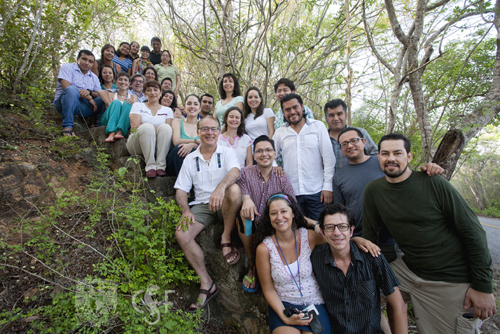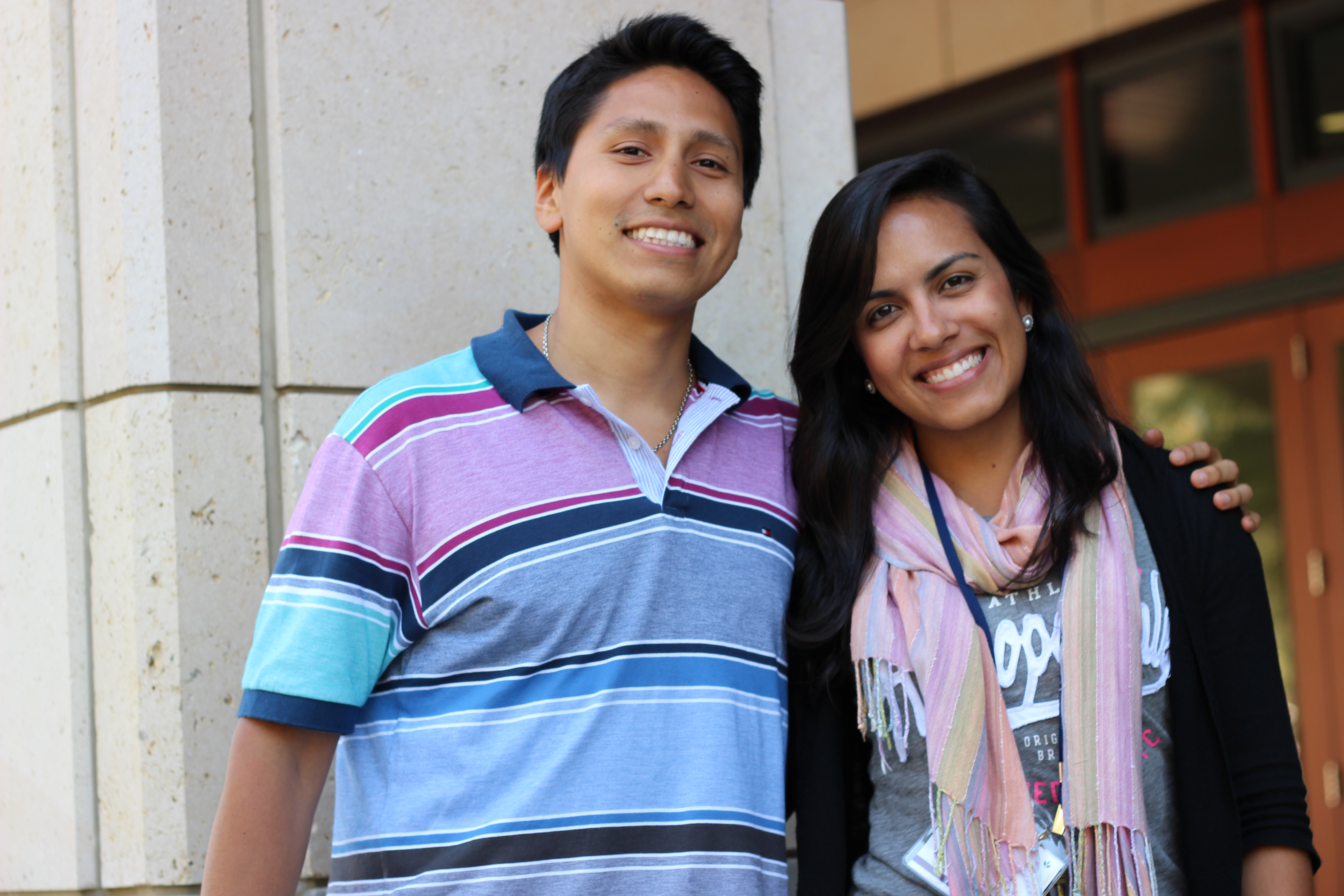News
Last month, the National Autonomous University of Mexico (UNAM) and CSF presented the second annual Economic Tools for Conservation in Mexico and the Mesoamerican Reef. Twenty participants from different regions of Mexico and the Mesoamerican Reef came together to learn what economic drivers cause environmental problems and the potential solutions to them. The two-week course was held June 15th-26th at UNAM’s Chamela Biological Station in Jalisco, Mexico.
Tapajós river basin, Pará State, Brazil © Camila Jericó-Daminello
After an inventory of potential dams in the Tapajós river basin was released in 2008, the area has been hailed as the new frontier of energy development in Brazil. Due to the typically extensive environmental and social impacts of dam construction, governments and communities in the Amazon region have been engaged in discussions over the past few years on how to mitigate impacts on people and nature. Some dam projects are already underway with many more on the drawing board.
CSF International Course graduate Prakash Mani Sharma, Executive Director and Senior Advocate for Pro Public, wrote to us last month with some stunning news. On April 16th, 2015, the Supreme Court of Nepal set a precedent in the area of environment protection by ordering the closure of the mining company, Godawari Marble Industries. This decision is the result of over a decade of litigation by Pro Public to protect the 330 species of butterflies, 254 birds, 80 tree varieties, and 571 types of fruits in Godawari and the Phulchowki hills near the mine.
Workers collecting palm oil fruit
In a world of vast natural ecosystems, endlessly diverse life forms and similarly numerous threats to nature, how can people make smart choices about what to try to conserve? It takes biological expertise, to be sure, but economics is also a necessary compass to guide our efforts.
Conservation Strategy Fund is accepting applications for our International Economic Tools for Conservation Course! Now in it's 17th year, our flagship course will be offered August 10-21, 2015 at Stanford University.
During the two-week training, instructors from CSF, Oregon State University, the University of Brasilia, and Cambridge Resources International led an intensive schedule of lectures, exercises, and games to give participants insight into the economic drivers of environmental problems and the economic and policy tools that can lead to effective solutions. Topics included Microeconomics, Natural Resource Economics, Environmental Policy and Valuation, and Cost-Benefit Analysis. Each participant came away with a clear understanding of how these topics relate to their work in conservation, policy, and analysis.
John Reid, CSF President, and Mariano Castro, Deputy Minister of Environmental Management. Photo courtesy of MINAM; http://www.minam.gob.pe
Lima, Peru -- This morning, CSF President John Reid signed an agreement with Peru's Ministry of Environment (MINAM) to continue work on environmental compensation in Amazonian ecosystems. At least two case studies will be conducted.
Lionfish ready for the pan at Cozumel Fishermen's Coop © John Reid
In 1992 Hurricane Andrew liberated a tankful of lionfish from a Florida aquarium. More may have been dumped in the sea before then and after, but the event stuck in the collective imagination as the start of a biological invasion.
Entre os dias 22 e 25 de julho de 2014 a CSF em conjunto com a GIZ (Agência Alemã de Cooperação Internacional) realizaram em Brasília o Curso de Capacitação TEEB/ISE: Integração de serviços ecossistêmicos ao planejamento para o desenvolvimento. Esta capacitação foi desenvolvida pela GIZ e tem como objetivo desenvolver capacidades sobre a Economia dos Ecossistemas e da Biodiversidade e a integração de serviços ecossistêmicos a processos de planejamento por meio da(o):
• Introdução de conceitos relacionados aos serviços ecossistêmicos e à abordagem da Economia dos Ecossistemas e da Biodiversidade (TEEB);




